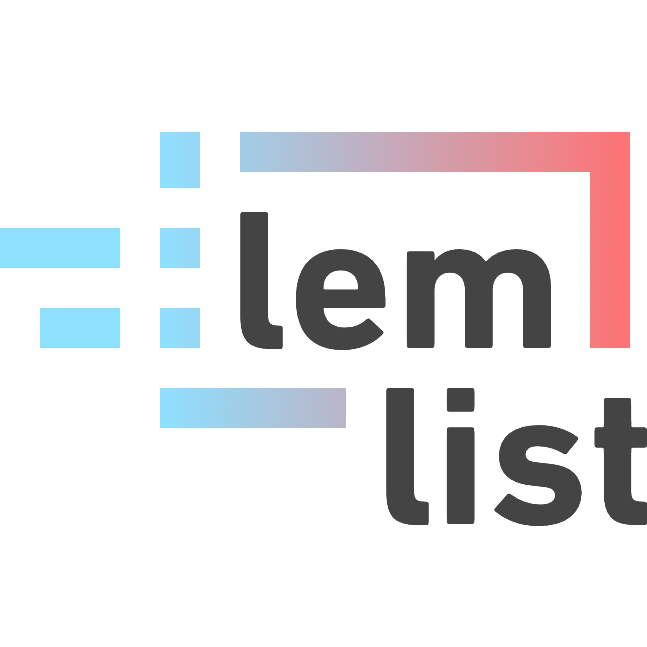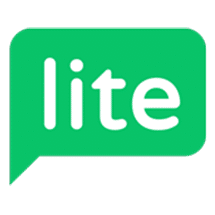Pardot vs Salesforce
Hyperise integrates with 100's of sales and marketing tools, many of which are in the CRM category. With so many to choose from it's sometimes hard to know which is best, but don't worry, we've got your covered.
In this comparison guide we're going to look at the Highlights, Pros, Cons and Pricing of Pardot and Salesforce. We'll also delve into the details of which offers the best personalization options within CRM, with there respective Hyperise integrations
Pardot
Pricing: Pardot offers tiered pricing plans, with pricing depending on the size of the organization. The basic package starts at $1,000/year and includes up to 10,000 contacts, 5 user accounts, and up to 15,000 emails/month. From there, the Growth package starts at $2,000/year, and the Advanced package starts at $4,000/year. Additional tiers and features are available for larger organizations as well.
Vs
Salesforce
Pricing: Salesforce pricing is based on the edition of the platform you choose, the number of users, and the types of features and add-ons you select. Prices typically start at $25 per user, per month for the Essential edition and range up to $300 per user, per month for the Unlimited edition. Custom packages are also available for enterprises that require more specialized solutions.
Pardot vs Salesforce Highlights
Pardot is a powerful B2B marketing automation software that helps marketers create a unique set of tools and strategies to drive conversions, revenue, and ROI. Salesforce is a customer relationship management (CRM) platform look to bring down customer acquisition costs, increase sales and engage with customers, while Pardot looks to do all that plus create targeted, automated campaigns focused on lead nurturing, lead scoring, and lead generation. Pardot's toolbox includes campaign tracking and analytics, dynamic lead profiling, automated drip campaigns, personalized email campaigns, lead segmentation, A/B testing, and form-tracking capabilities. Salesforce doesn't provide the same level of automation and lead nurturing capabilities as Pardot does. Pardot can effectively segment leads and customers into buckets, launch targeted, automated campaigns, and provide comprehensive insights and analytics to better understand customer behavior.
Pardot vs Salesforce Pros
Pardot Pros
- Intuitive and intuitive user experience
- Robust reporting capabilities
- Comprehensive multichannel capabilities
- Comprehensive marketing automation capabilities
- Ability to publish interactive landing pages
- Comprehensive A/B testing options
- Automated lead scoring options
- Seamless integration with Salesforce CRM
- Third-party app integrations
- Multi-language and currency support
- Comprehensive account-based marketing capabilities
- Advanced lead segmentation tools
- Easy to create and manage email campaigns
- Advanced segmentation options for forms and access rights
Salesforce Pros
- Customizable: Salesforce allows you to customize the customer experience by using customer data and personalizing interactions.
- Scalable: Salesforce is designed to scale with your business as you grow.
- Mobile Friendly: Salesforce has a mobile app and a mobile-ready platform so that customer-facing personnel can access customer data from anywhere.
- Automation: Salesforce automation capabilities enable you to automate customer experience tasks such as lead nurturing and customer service.
- AI-Powered Insights: Salesforce provides advanced AI-powered insights to help you develop customer insight, find trends, forecast outcomes, and track performance.
- Comprehensive System: Salesforce is a comprehensive system that encompasses everything from customer relationship management to revenue operations.
- User Friendly: Salesforce is designed for users to be able to use with little training.
- Security: Salesforce offers advanced security from physical access to end-user contained applications.
- Integrations: Salesforce offers a comprehensive set of integration options with other third-party applications.
- Real-Time Data: Salesforce enables real-time data updates and insights to help you stay ahead of customer needs.
- Reporting: Salesforce provides comprehensive reporting and analytics capabilities to help you understand and improve customer experiences.
Pardot vs Salesforce Cons
Pardot Cons
- Pardot does not save customer data long term, which could lead to losing valuable customer insights.
- Pardots analytics capabilities are not as comprehensive as Salesforces.
- Pardot does not support multiple currencies and it lacks the ability to invoice customers.
- Pardots customization capabilities are more limited than Salesforce.
- Integrating Pardot with other third-party applications can be difficult and time consuming.
- Pardot lacks automation options available in Salesforce.
- Pardot is not as user friendly as Salesforce.
Salesforce Cons
- Salesforce is more expensive than Pardot
- Interface customization and integration can be more difficult with Salesforce
- Reporting capabilities are more limited in Salesforce compared to Pardot
- Salesforce requires more IT support for implementation, upgrades and maintenance
- Salesforce requires more training for users to be comfortable with the platform
- Salesforce may have an increase in page loading time due to the complexity of the system
Pardot & Salesforce Hyperise Integrations
Pardot uses the HTML code embed method to integrate with Hyperise, giving a simple way to add personalized images to your messages.
Pardot makes the following data points available to Hyperise, to enable personalization in images used in outreach and linked out to your personalized website landing pages.
- Using business Email passed from Pardot, Hyperise is able to enrich business logo and website screenshots. In some cases, with a business Email we're also able to enrich profile images, subject to the business email having a publicly available profile.
- Using business Website passed from Pardot, Hyperise is able to enrich business logo and website screenshots.
- Business name
- City
- State
- Country
- Zip
- Category
Pardot Integration Guide
Salesforce uses the HTML code embed method to integrate with Hyperise, giving a simple way to add personalized images to your messages.
Salesforce makes the following data points available to Hyperise, to enable personalization in images used in outreach and linked out to your personalized website landing pages.
- Using business Email passed from Salesforce, Hyperise is able to enrich business logo and website screenshots. In some cases, with a business Email we're also able to enrich profile images, subject to the business email having a publicly available profile.
- Using business Website passed from Salesforce, Hyperise is able to enrich business logo and website screenshots.
- Business name
- City
- State
- Country
- Zip
- Category
Salesforce Integration Guide
 vs
vs  vs
vs  vs
vs  vs
vs  vs
vs  vs
vs  vs
vs  vs
vs 
 vs
vs 
 vs
vs  vs
vs  vs
vs  vs
vs 













 vs
vs  vs
vs  vs
vs 




